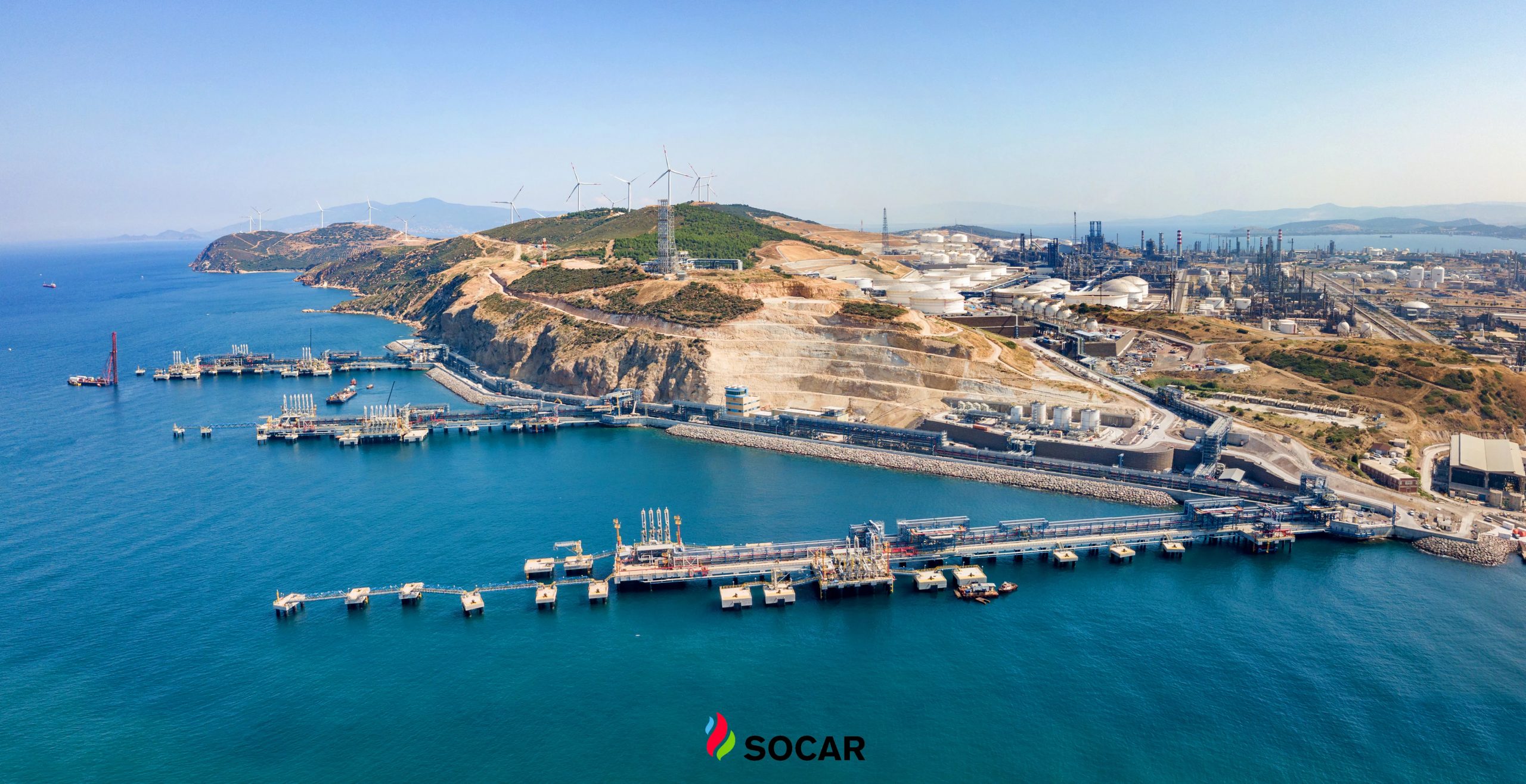SOCAR’s low-carbon development strategy
The main objective of SOCAR 2021-2030: Low-carbon Development Strategy is to develop measures to reduce greenhouse gases (GHG) through the use of economically and environmentally efficient technologies. The strategy includes implementing a wide range of climate change mitigation measures, implementing existing low-carbon technologies in producing areas and assessing the impact of climate risks on oil and gas operations, ensuring compliance with SOCAR’s commitments under the Republic of Azerbaijan’s Nationally Determined Contributions, mitigation and adaptation measures, and reporting and verification measures.
Vision Zero
To achieve Vision Zero by 2050 or sooner, key targets have been set, such as completely carbon-free oil and gas production and reducing carbon intensity in product sales to 50-65%.
SOCAR has set ambitious targets for reducing emissions resulting from its activities under the Low Carbon Development Strategy. In response to Vision Zero demands in the oil and gas and petrochemical industries, SOCAR is prioritising issues such as environmental protection, reduction of energy capacity per unit of product, carbon footprint and carbon intensity, and carbon neutrality.
Emission reduction plans
SOCAR is one of the institutions responsible for implementing the targets set by the State Commission on Climate Change and the Ministry of Ecology and Natural Resources of the Republic of Azerbaijan. SOCAR’s scope of activities includes expanding the use of renewable energy sources, developing research projects for solutions such as wind turbines, solar panels, etc., developing the production of “green hydrogen”, carbon capture, utilisation and storage (CCUS) infrastructure, and systematic and continuous measures to minimise carbon emissions and increase energy efficiency in production.
Managing greenhouse gas (GHG) emissions
Since 2008, SOCAR has started to inventory GHG emissions in all areas of the Group’s operations and publishes annual reports on them.
Cooperation with the World Bank’s Global Gas Flaring Reduction Partnership (GGFR)
SOCAR is successfully collaborating with the World Bank’s Global Gas Flaring Reduction Partnership (GGFR). As part of the collaboration, the Carbon Dioxide Emission Reduction Plan was prepared and implemented during 2011-2015 in projects involving SOCAR and other companies. In 2012, SOCAR was awarded the Excellence Award by the GGFR for the glass disposal projects at Guneshli field and Oil Rocks fields.
In 2015, SOCAR was awarded the Excellence Award of the GGFR for the second time for the successful implementation of the Gas Flaring Reduction project in the Azeri-Chirag-Gunashli fields together with bp.
Associated gas emission reduction plan
In 2017, SOCAR approved the plan to reduce associated gas emissions in SOCAR projects during 2017-2022, developed action measures and carried out important work to prevent associated gas emissions to the atmosphere.
SOCAR has joined the World Bank’s Zero Routine Flaring by 2030 (ZRF) initiative to reduce associated gas emissions. As a result of the successful collaboration and work done, SOCAR’s associated gas emissions were approximately 2% of total production in 2020. Azneft PU’s onshore production facilities reduced carbon dioxide emissions to zero, which is a first in the region.

